Table of Contents:
- Introduction
- Understanding POTS Syndrome
- 5 Ways Exercise Helps in POTS
- Types of Exercise for POTS
- Start Your Exercise Program in These 6 Easy Steps
- Enhancing Life with POTs exercise
Introduction
POTS, or Postural Orthostatic Tachycardia Syndrome, is a condition that affects how blood flows in the body. It can cause dizziness, fast heart rate, fatigue, and fainting, especially when standing. POTS exercise can help manage these symptoms and improve the quality of life for those with POTS. Want to know how exercise helps POTS? This blog will explain how staying active can reduce symptoms and boost your overall well-being!
Master ACLS Now
Get ACLS certified with confidence
What Do You Mean by the POTS Syndrome?
POTS occurs when the autonomic nervous system doesn’t work properly. When a person with POTS stands up, blood doesn’t flow correctly to the brain, causing the heart to race. This can lead to symptoms like dizziness, fatigue, and fainting.
POTS affects individuals between the ages of 15 and 50 years and is more common in young women. However, people of any age or gender may be impacted. The exact cause of POTS is not known, but it can be related to genetics, infections, or other health conditions.
Currently, there is no cure for POTS, but many treatments can help manage its symptoms. Regular physical activity can improve blood flow, strengthen muscles, and regulate heart rate.
5 Ways Exercise Helps in POTS
Although exercising with POTS can be challenging, regular physical activity can help improve circulation, strengthen muscles, and enhance overall cardiovascular health.
POTS is often triggered by factors such as viral infections, pregnancy, fever, surgery, or trauma. In fact, research by Sandroni et al. shows that up to 50% of people with POTS reported having an infection right before their symptoms started. Below are some of the reasons why the best exercise for POTS can be helpful:
Improves Blood Flow
If you are wondering, can you run with POTS? Yes, you can. POTS exercise enhances the heart’s ability to pump blood more effectively throughout the body. This increased circulation may lessen dizziness and fainting, two common symptoms of POTS. Stable blood pressure is maintained via improved blood flow, particularly during the standing-to-sitting transition. Over time, regular exercise can enhance overall cardiovascular health.
Strengthens Muscles
Building muscle strength through exercise can significantly help support blood circulation. When muscles contract during physical activity, they help push blood back toward the heart, reducing the risk of blood pooling in the lower extremities. This prevents lightheadedness and other symptoms that arise from insufficient blood circulation by enhancing blood flow, especially in the legs. Stronger muscles also boost endurance which makes the daily tasks less tiring.
Regulates Heart Rate
Regular physical activity lowers POTS exercise heart rate. Over time, it helps manage heart rate fluctuations and improves overall cardiovascular stability.
Boosts Energy Levels
Physical activity encourages the production of mitochondria in cells, which are responsible for generating energy. As a result, those who exercise regularly often report feeling more energized throughout the day. POTS and running can boost stamina. This improves productivity and helps with daily activities, reducing fatigue.
Improves Mood
Exercise triggers the release of endorphins, the body’s natural mood enhancers, which can help lower feelings of anxiety and depression often associated with POTS. This mood boost improves mental health, as POTS can cause both physical and emotional distress.
Read More: An Ultimate Guide to Cardiac Conduction System
Types of Exercise for POTS
Choosing the right types of exercising with POTS is very important. Symptoms and general health can be improved with the right workouts. Here are some recommended types of exercises that are suitable for individuals with POTS:
Recumbent Exercises
Recumbent exercises are performed while lying down or sitting. One effective recumbent exercise is recumbent cycling, which can be done on a stationary bike where you sit back and pedal. A low-impact method of increasing cardiovascular fitness without overtaxing the body is through recumbent exercises.
Swimming is another great option, as water eases joint stress and supports the body. When swimming, the body feels lighter, making it easier to move.
Strength Training
Strength training helps build and strengthen muscles. Strong muscles can enhance blood circulation, which is important for POTS sufferers. Light weights or resistance bands are best for these exercises, as they are safer and more comfortable.
Some good strength training exercises include seated leg lifts. This exercise is performed while sitting, helping to strengthen the leg muscles without overtaxing the heart since you only elevate one leg at a time. Arm curls are another useful exercise, utilizing light weights to build stronger arm muscles. These two exercises are manageable and can be completed in brief sessions.
Walking and Light Aerobics
If you are wondering if walking is good for POTS, the answer is yes. Walking is a simple yet effective exercise for people with POTS. It’s advisable to start with short walks, gradually increasing the distance and time spent walking as you become more comfortable. Walking is beneficial for cardiovascular health and can be done at a moderate pace.
Light aerobic exercises are also beneficial. These heart-healthy workouts don’t need a lot of work. Anyone who might find standing exercises difficult can benefit from chair aerobics. You can benefit from aerobic exercise without feeling overworked by sitting in a chair and following a video that walks you through various motions.
Flexibility and Balance Exercises
Flexibility exercises are important for maintaining mobility. Maintaining muscle and joint flexibility for daily tasks requires stretching. Easy stretches are good for the arms, legs, and back. These stretches allow you to move more freely and prevent stiffness.
Balance exercises are also very important. Many people with POTS are concerned about falls, and these exercises can help prevent them. Gentle yoga is a great choice for improving balance. Focus on simple yoga positions that are designed to enhance stability. You can adjust these poses to fit your comfort and skill levels.
Start Your Exercise Program With These 6 Easy Steps
Starting an exercise program can be challenging for someone with POTS. However, exercise is important for managing symptoms. Now that the question can you exercise with POTS has been addressed, let us know how you start safely and effectively:
-
Consult a Doctor
Consult a doctor before beginning any exercise program. Your doctor understands your health condition best and can recommend specific types of exercises that are safe for you. This is especially important for people with POTS because not all exercises may be suitable. Your doctor may also suggest ways to monitor your heart rate and blood pressure during exercise.
-
Start Slowly
If you want to know if you can play sports with POTS, yes, you can. But once you have your doctor’s approval. Start your exercise program slowly. It is important to begin with short sessions, even if it is just a few minutes each day. Starting small allows your body to adjust to the new activity without overwhelming it. As you become more comfortable, gradually increase the time and intensity of your workouts. For example, you might start with five minutes of light stretching or walking. After a week, you can try adding a few more minutes or increasing the effort slightly. Always listen to your body.
-
Stay Hydrated
Now that you know that exercise cures your POTS, the next important step is staying hydrated. Hydration helps improve blood flow. Dehydration can make symptoms worse. Some people with POTS may also benefit from drinks that contain electrolytes. These drinks can help maintain fluid balance in the body, especially during exercise.
-
Monitor Your Symptoms
Before running with POTS, monitor your symptoms. Keep a journal to track how you feel during and after each workout. Note any changes in symptoms, such as increased heart rate, dizziness, or fatigue. If you notice any of these symptoms getting worse, stop the activity immediately and rest. Listening to your body’s signals helps you understand how much exercise is right for you.
-
Set Realistic Goals
Setting realistic goals is another key part of starting an exercise program. Start by establishing modest but attainable objectives. Prioritize progress over perfection. Your first objective can be to walk for five minutes every day, for example. Once you’ve achieved that, you can set another goal, like going for a ten-minute walk. Honor every accomplishment, no matter how minor. Recognizing your achievements will keep you enthused and driven to keep going.
-
Find Support
Finding support can also make a big difference. Consider finding a workout partner or joining a support group. Working out alongside someone can be inspiring and motivating, and a support system can make exercise feel less isolating and more enjoyable.
Read More: How To Find & Check Your BLS Certification Status?
Enhancing Life with POTS Exercise
When included in POTS management, POTS exercise can significantly improve daily living. Exercise is required to manage the condition, including walking, strength training, and recumbent exercises. To guarantee a safe and productive habit, start cautiously, set attainable goals, and consult a doctor. Exercise can play a major role in controlling POTS and improving general health and well-being if done patiently and consistently. Enroll in the ACLS course to learn more.







